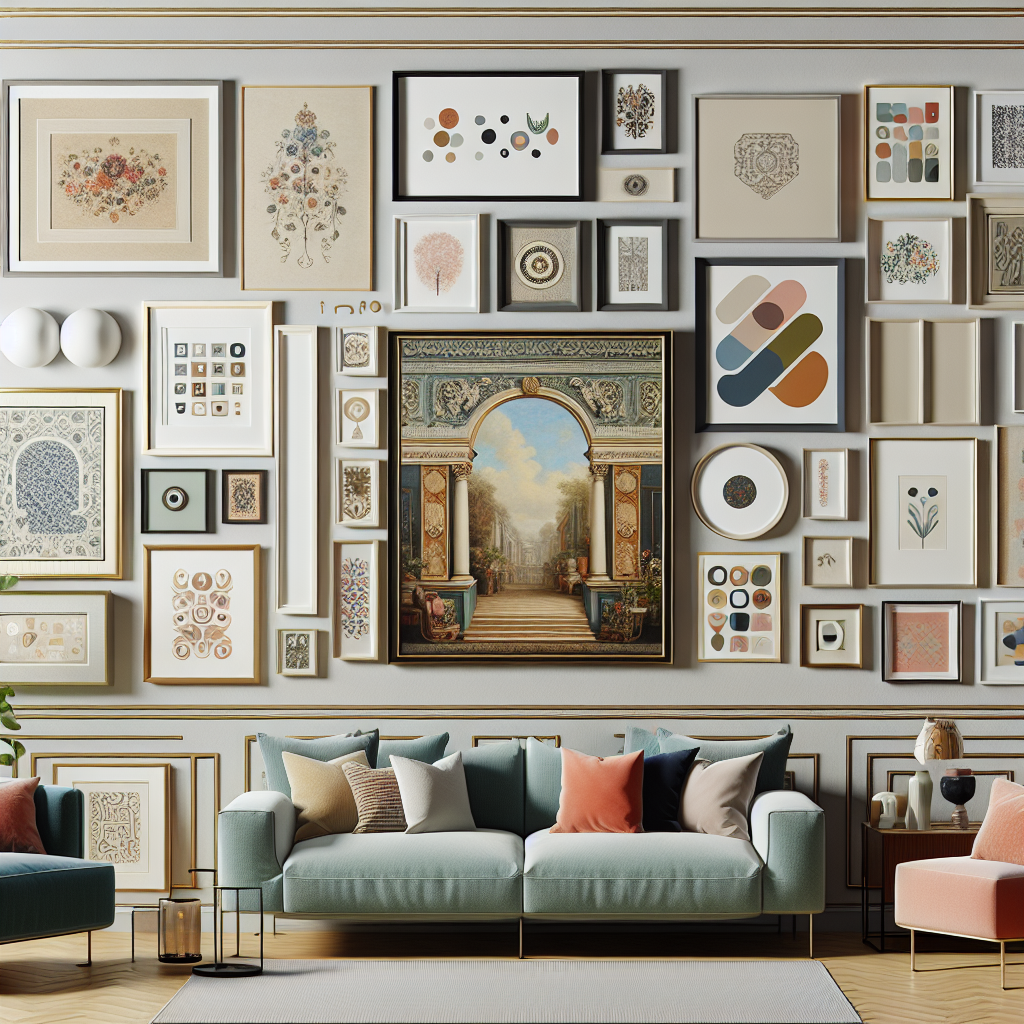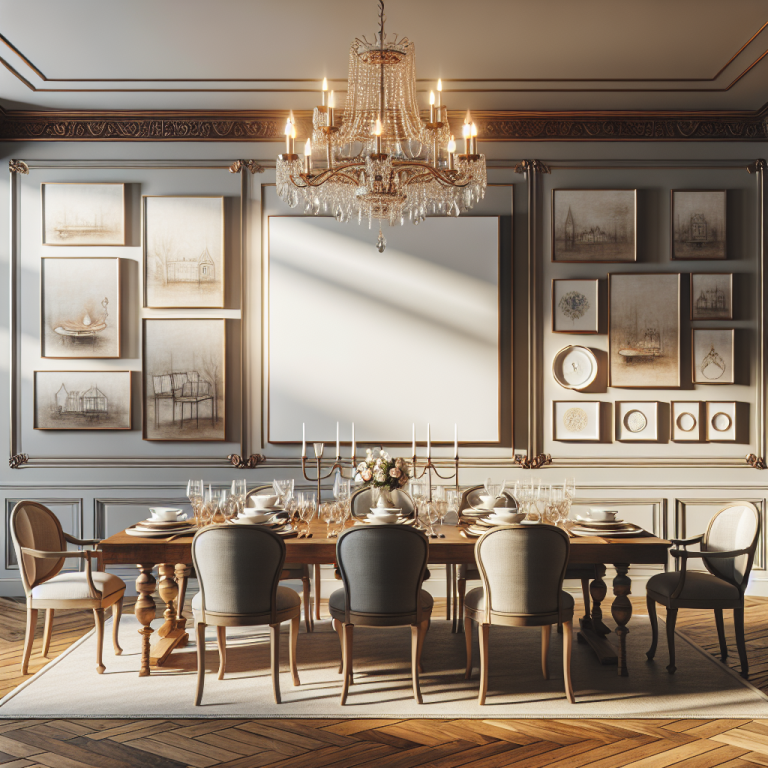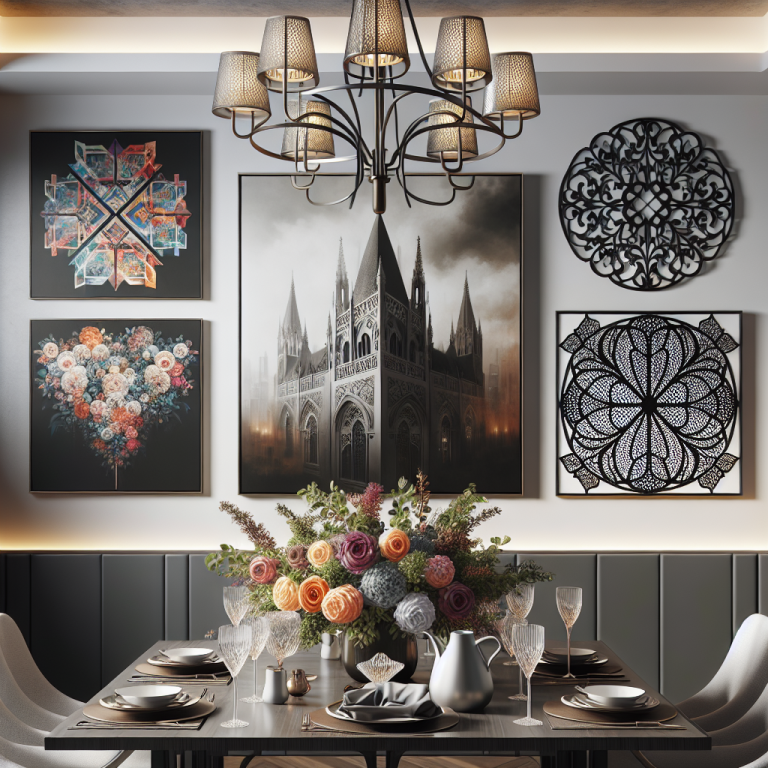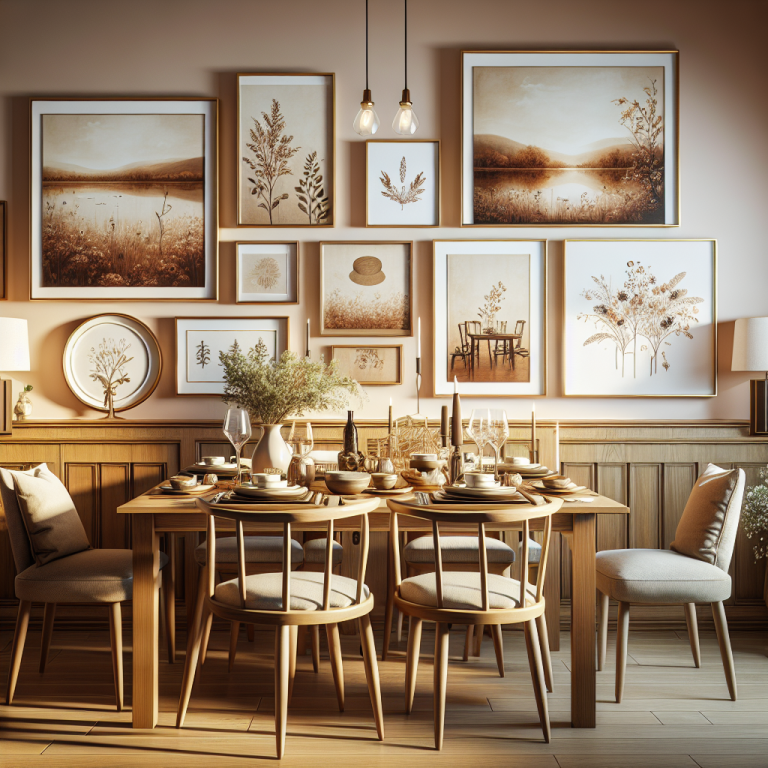Are you looking to spruce up your living room and give it a fresh new look? One of the best ways to add personality and flair to your space is by incorporating beautiful wall art that complements your style and reflects your personality. With a plethora of options available, finding the perfect pieces can be both exciting and a bit overwhelming. But fear not, we’re here to guide you through the process of selecting the ideal wall art for your living room. Let’s dive in!
Understanding Your Style
Before you start browsing for wall art, it’s essential to understand your style preferences. Are you more inclined towards modern and minimalist designs, or do you have a penchant for bold and eclectic pieces? Take some time to assess your existing decor and furniture to determine the overall theme of your living room. This will help you narrow down your options and select wall art that seamlessly integrates with your space.
Choosing the Right Size
When it comes to selecting wall art for your living room, size matters. The key is to find pieces that are proportionate to the wall space they’ll be occupying. A general rule of thumb is to choose art that covers about two-thirds to three-fourths of the wall’s width. This will create a visually appealing focal point without overwhelming the room. If you’re unsure about the ideal size, consider creating a mock-up using painter’s tape to visualize how the art will look on your wall.
Matching Colors and Themes
When selecting wall art, consider the color palette and themes present in your living room. Opt for pieces that complement the existing colors or introduce a new accent shade to create visual interest. If your space features a neutral color scheme, vibrant artworks can inject a pop of color and add a dynamic element to the room. Additionally, choose art that aligns with the overall theme of your decor, whether it’s abstract, botanical, geometric, or any other style that resonates with you.
Exploring Different Mediums
Wall art comes in various mediums, including canvas prints, framed prints, metal art, tapestries, and more. Each medium offers a unique aesthetic appeal and texture, so it’s worth exploring different options to find the perfect match for your living room. Consider the existing textures in your space and choose art that complements or contrasts with them. Mixing and matching different mediums can also create a visually dynamic look that adds depth and dimension to your walls.
Creating a Gallery Wall
If you have multiple pieces of wall art or want to display a curated collection, consider creating a gallery wall in your living room. This versatile and visually striking arrangement allows you to showcase a mix of artworks in varying sizes and styles. To create a cohesive look, ensure that the pieces are properly spaced and aligned. Experiment with different layouts, such as symmetrical grids or eclectic clusters, to find the arrangement that best suits your space.
FAQs
What is the best way to hang wall art?
When hanging wall art, it’s essential to consider the height at which the piece will be displayed. As a general guideline, the center of the artwork should be at eye level, typically around 57-60 inches from the floor. This ensures that the art is easily visible and creates a balanced look in the room.
How do I choose art that reflects my personality?
To choose art that reflects your personality, consider pieces that resonate with you on a personal level. Whether it’s a favorite artist, a meaningful subject, or a style that speaks to you, select artworks that evoke positive emotions and align with your aesthetic preferences. Your living room should be a reflection of your unique personality and taste, so choose art that truly speaks to you.
Is it okay to mix different styles of wall art?
Absolutely! Mixing different styles of wall art can create a visually interesting and eclectic look in your living room. Experiment with blending modern and traditional pieces, contrasting colors and textures, or combining various mediums to add depth and character to your walls. The key is to maintain a sense of balance and cohesion to ensure that the collection of art harmonizes well together.











+ There are no comments
Add yours